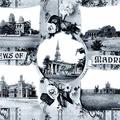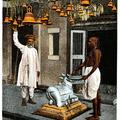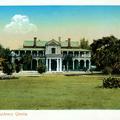View of Writers Building, Calcutta
The Writer's Building in Kolkata was where India was governed from the late 1700s until 1857. "Writers" were recruits who came from England to make their fortunes with the British East India Company; some became fabulously wealthy "nabobs," although


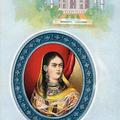
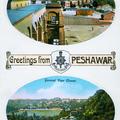
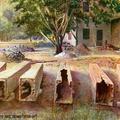
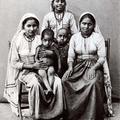
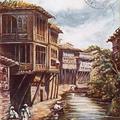
![Benares - Assec [Assi] Ghat Benares - Assec [Assi] Ghat](https://www.paperjewels.org/sites/default/files/styles/square_thumbnail/public/slides/ghat-varanasi_0.jpg?itok=2JwMi_AI)
